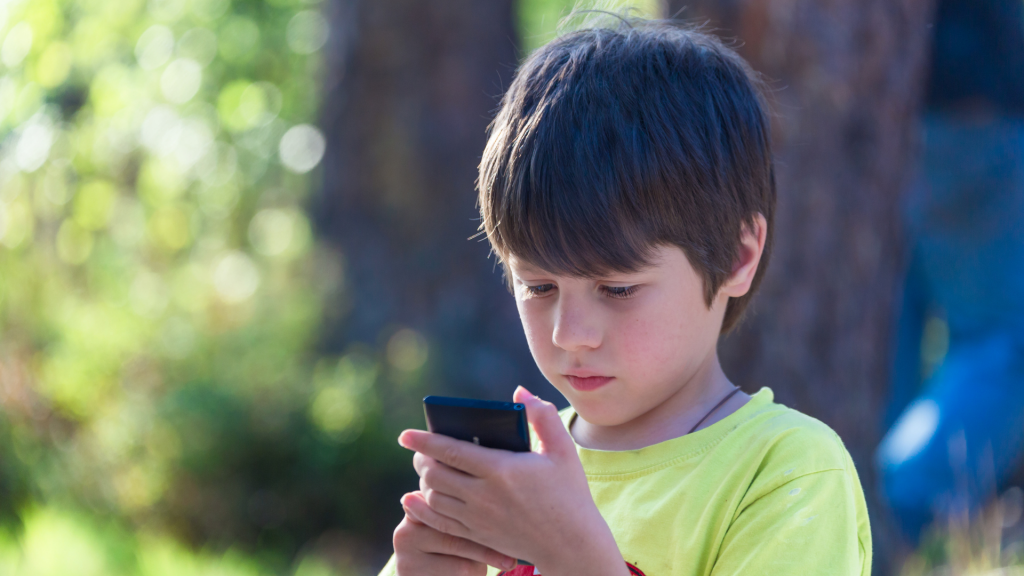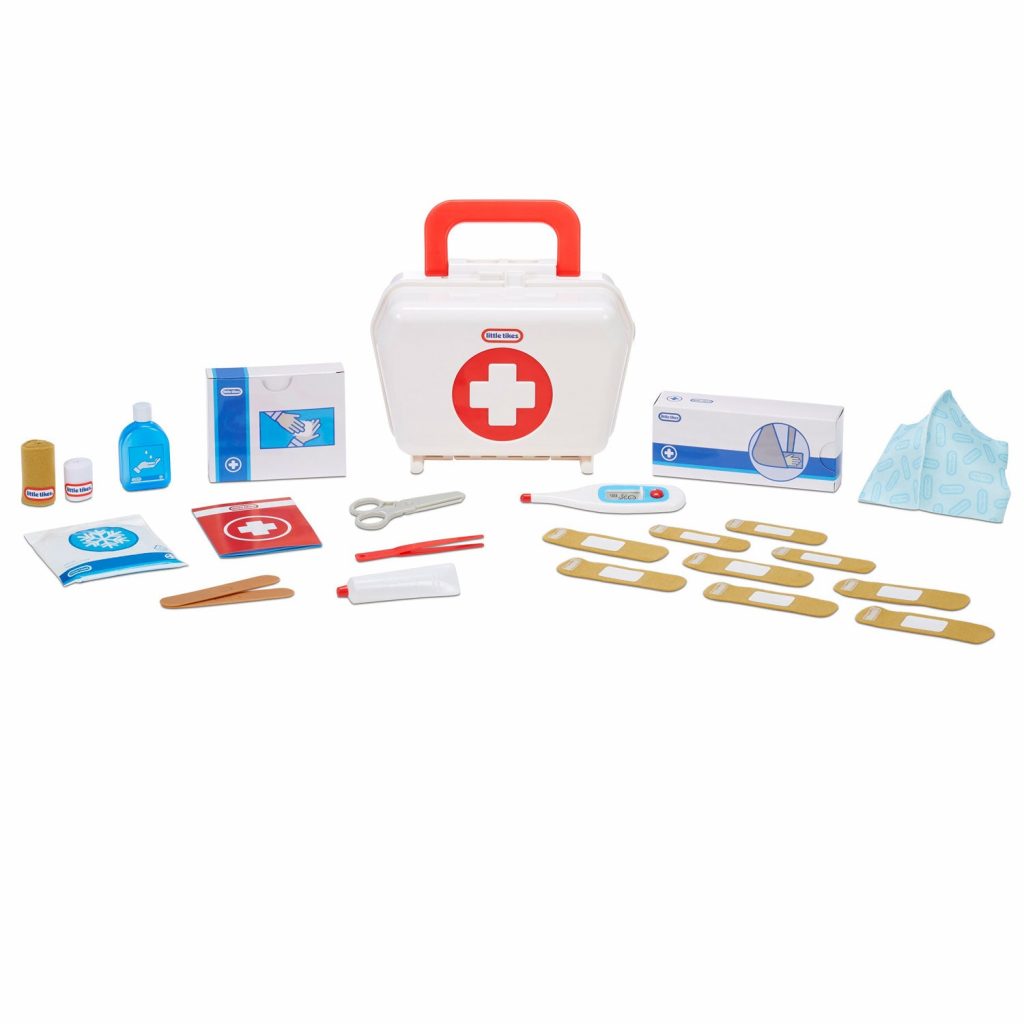No parent wants to imagine an emergency situation, but unfortunately, they do happen. Homes burn, floods happen, and children get injured.
There isn’t an age that is too young to be taught about how to manage and properly deal with emergencies. There have been numerous stories and interviews on media outlets that talk about children, even as young as three having to handle an emergency situation because something happened to their guardian.
Expect the unexpected and teach your children at a very young age some of these vital basic skills.
Children need to learn how to manage situations independently and confidently because there are going to be times where they are alone and they need to figure out something themselves. For me, as a mom, it’s honestly terrifying to think about, but I can’t avoid this fact.
Hard truth: As a parent, it’s important to accept the fact that you’re not always going to be around your child. In times like these when an emergency hits, your little one needs to know what to do.
What follows are some helpful tips to teach your children about how you can equip your kids to handle emergency situations.
1) Provide scenarios of emergency situations
Your child doesn’t need to be scared when an emergency hits, because they grow in confidence by practicing scenarios. No matter where you are, even if you’re preparing your child for travel, practicing scenarios helps!
Of course, you want to keep your child safe, but these scenarios will be great for them in other ways as well. Did you know practicing scenarios can actually help children fight anxiety? Taking time to walk through emergency scenarios with your children will actually help out in their development because it helps these situations become more normalized.
For example, fire alarms, flashing sirens, and other loud noises can be a bit scary, but exposing your child to this several times will help them become used to it and it will also help them learn faster what they are and what they mean. You can say something like “these sounds help people recognize when they’re in potential danger”.
This is also a great time to talk about Stop, Drop, and Roll method with your child, as well as discuss the different alarms that happen at school and how to use a fire extinguisher.
Thankfully, it’s very unlikely that your child will ever come across most of these situations. But these events don’t have to be that scary as long as they know what to do and how to handle the situation.
2) Teach them about first responders and calling 911
One of the very first things your child should learn should be the importance of calling 9-1-1 … AND the importance of calling this number only in emergencies!

It’s so important that your children know about first responders and what their jobs are. It also will help teach them about lawyers in the case that you need to connect with a personal injury attorney if you or someone else in your family is in need of one.
Overall, teach them about calling 9-1-1 and teach them about the professions that help people in emergencies.
3) Teach your children about first aid
While you shouldn’t expect a small child to do major first aid, even just teaching some of the basics can help a lot.
Most little ones will be aware that a bandage can help stop minor bleeding, and you can also share that it’s important to wash out a cut to get rid of germs.
This can actually be a lot of fun and can give you the chance to bond with your child. Utilize this time to play doctor or nurse with your child and explain the steps for first aid. Using a doll or stuffed animal, have your child wash off the “wound” and bind it up carefully.
You can even get your child a children’s first aid kit to play with like this basic one from Little Tikes.
We have a few of these sets in our preschool at church and the kids love to use the toys inside to care for their friends and stuffed animals.
Older kids can learn more first aid than simply bandages, and you might even be able to find an age-appropriate community program. Our community has a “stay home alone” course for kids age 10+, with some basic first aid baked into the class. For preteens, you can also enroll them in a babysitters course, usually provided by St. John’s Ambulance or The Red Cross. Even if children aren’t interested in babysitting, this course can equip them with basic, age-approrpriate first aid skills.






0 Comments